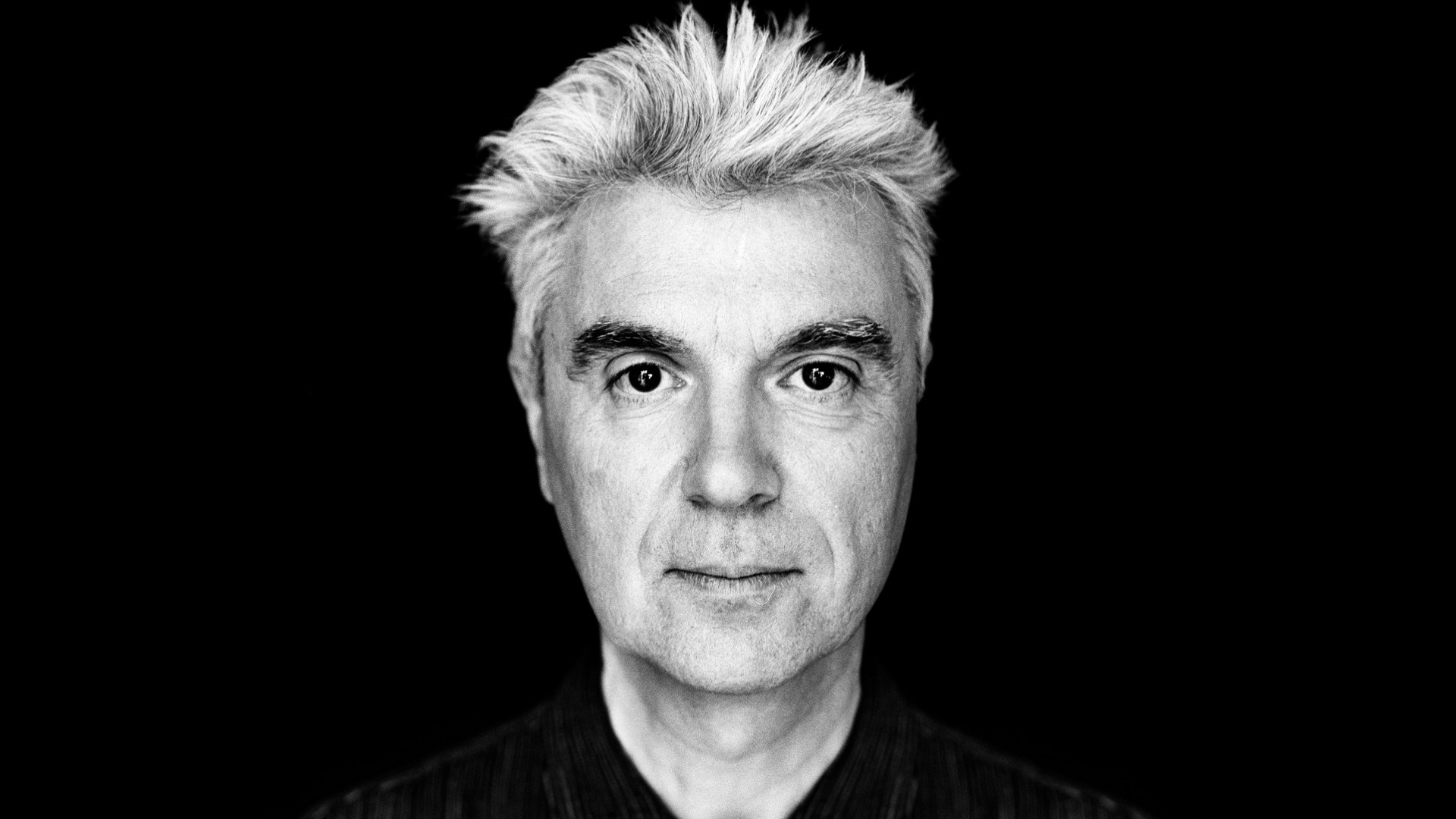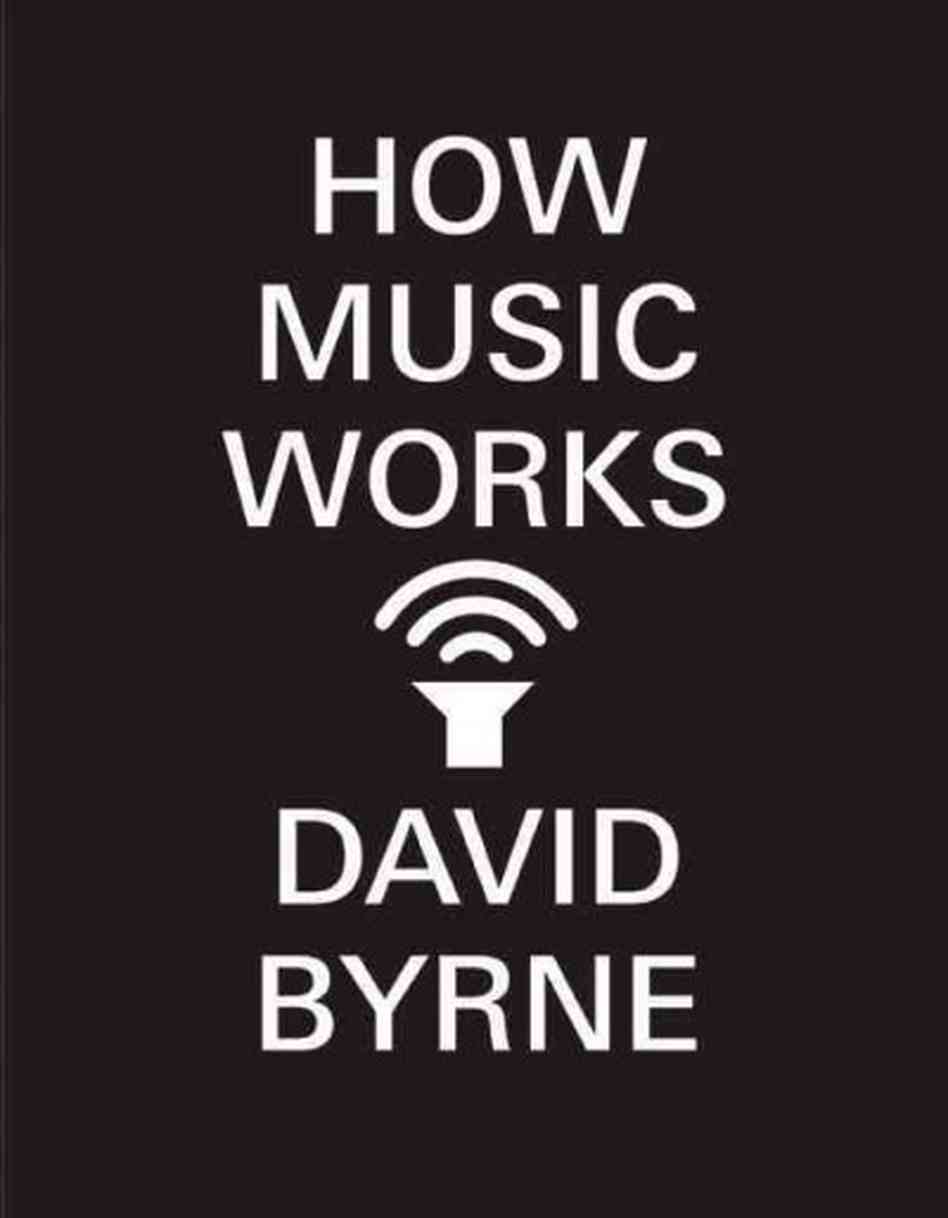David Byrne: Inspiration for Good Science Writing
About a month ago, I had finished reading How Music Works by David Byrne (formerly of Talking Heads). I was always a big fan of the music of Talking Heads and Byrne, and I found his movie True Stories quirky. I am a huge musicophile, as well, and when I saw the book on the shelf in the bookstore, I opened it, and was instantly drawn into it. I bought it that day and couldn’t wait to finish the book I had been reading in order to get started on this one.
Given my busy schedule, that I found time to plow through the book in just a few weeks was a testament to how much I enjoyed it. So, besides my highest recommendation for those who are interested in the science of music, simply listening to music, and the history and future of the music industry, you will love what this book can do for your scientific writing.
Why am I touting a book on music on a science communication web site? Because we all could learn a lot from studying Byrne’s style of writing. I could hear Byrne reading the book in my head in his unmistakable, quiet voice. Although his voice is reserved, his writing is powerful in its simplicity.
Consider the following paragraph that opens the subsection “Frozen Architecture” (How Music Works, p. 95).
The first sentence of that paragraph is powerful and grabs the reader. Frozen music captured on record animates in the reader’s mind. The rest of the paragraph develops that theme, introducing the reader to three examples that support that first sentence. (There is strength in threes!) The next sentence explains why listening to recordings was so important to these musicians. The last sentence in the paragraph summarizes the theme of the paragraph, in a clever, but different, way. Thus, the closing sentence is the perfect stress position of the paragraph. (Read Gopen and Swan’s “The Science of Scientific Writing” if you don’t know what I am talking about!)
The next paragraph opens, “But learning from records has its limitations,” and then develops that theme. And so it goes.
Byrne is an exceptional writer. At no point was I lost trying to follow him, yet he introduced some rather complicated concepts, such as record-company contracts! If he needed to explain a new concept, he defined it, then moved on. In doing so, he brought the readers along.
Consistent with the unembellished style of the prose, the cover exudes simplicity as well, with its sans serif font and simple, meaningful graphic.
These lessons are the same ones that more scientists would benefit from when they write scientific journal articles.
• Clear, concise, and powerful text.
• Examples that support the argument.
• Obvious and engaging topic sentence to each paragraph.
• Clear stress position to each paragraph.
• Legible graphics with sans serif font.
In Eloquent Science (p. 60), Kerry Emanuel describes how he reads well-written literature before writing his own papers, as one way to get away from the boring and poorly written scientific articles we must read on a regular basis. Doing so, helps him raise the level of his writing.
In that vein, I’ll recommend How Music Works to help improve your scientific writing.
I’ll close this post with the chorus from one of my favorite Talking Heads songs, “Heaven”.
Heaven.
Heaven is a place.
A place where nothing.
Nothing ever happens.
Heaven is also reading David Byrne.






Comments
3 Responses to “David Byrne: Inspiration for Good Science Writing”Trackbacks
Check out what others are saying about this post...[…] Reading David Byrne can help your science writing […]
[…] Reading David Byrne can help your science writing […]
[…] & nervous & you can't relax? To be a better science writer, compose like David Byrne. David Schultz makes a great […]